What is the future of modern making? This question is at the heart of Curio’s installation Hand in Hand: Making in the Modern Age, which brings together the work of international makers, designers and artists who are taking traditional craft techniques in new directions and pioneering processes of their own.
The installation at the Nehru Centre in London’s Mayfair serves as a launchpad for Curio’s wider mission: to bring new communities of makers, aesthetes and creative patrons together to celebrate human creativity and craftsmanship.

Visitors to the centre – the cultural wing of The High Commission of India in the UK and the hub for the Mayfair Design District during the London Design Festival – will be greeted by a pair of intricate ‘Majorelle’ screens by New Delhi-based studio Viya Home, featuring flora and fauna rendered in patinated brass, with semi-precious inserts. In the entrance hall, these decorative pieces contrast with the work of two UK-based creatives: a minimalist mobile chandelier by Michael Anastassiades, and a sculptural table by Tom Faulkner with a Calacatta Verde marble top that appears to balance atop two bronze tetrahedrons.
‘The exhibition shows the rich eclecticism of what Curio offers,’ says art director, Amy Heffernan. ‘We wanted to emphasise the wide variety of ways that makers and designers are exploring materials and techniques.’
All of the Curio creatives are united by a desire to experiment and push the possibilities of craft. The London-based artist Purdey Fitzherbert, for example, creates vibrant collages of Japanese paper stained with inks and vegetable dyes, evoking natural phenomena like river deltas. ‘The process of creation is paramount and the innate beauty of traditional crafts techniques enable this to come to the fore,’ she says.
Meanwhile, New Delhi-based Klove Studio combines indigenous glassblowing and metalwork techniques with a contemporary design sensibility to create towering, highly elaborate lighting sculptures inspired by peacocks, among other things. ‘We believe in slow design, artisanal craftsmanship and handmade in India,’ they say.
Curio’s pieces often tell stories about specific regions around the world. The Touch Table designed by Ilse Crawford, for example, is made using the Konjic woodcarving technique, a craft with a long tradition in the Bosnia and Herzegovina municipality of Konjic and added to the UNESCO Intangible Cultural Heritage Lists in 2018. The technique, which creates a ripple effect on the surface of the table, has been preserved and perfected by furniture company Zanat, which produced several pieces for the show. ‘It exemplifies Curio’s mission to use contemporary design as a way to revitalise traditional crafts,’ says Heffernan.

Some of the pieces at the Nehru Centre toy with the tension between attraction and repulsion. A case in point is the Scholar’s Vases collection by London-based Tamsin van Essen, who has interrupted the perfection of their forms by eroding them with tiny, indecipherable letters. The iron-rich terracotta gives the pieces a rust-red colour, while the inclusion of combustible material in the clay adds unpredictability to the firing process. In her hands, the aesthetics of decay are strangely seductive.
Curio’s collections offer a refined take on the world of contemporary making. ‘We want to give people a new vision of what craft can be today that often invokes a sense of curiosity and surprise,’ explains Curio founder and creative director, Shalini Misra.
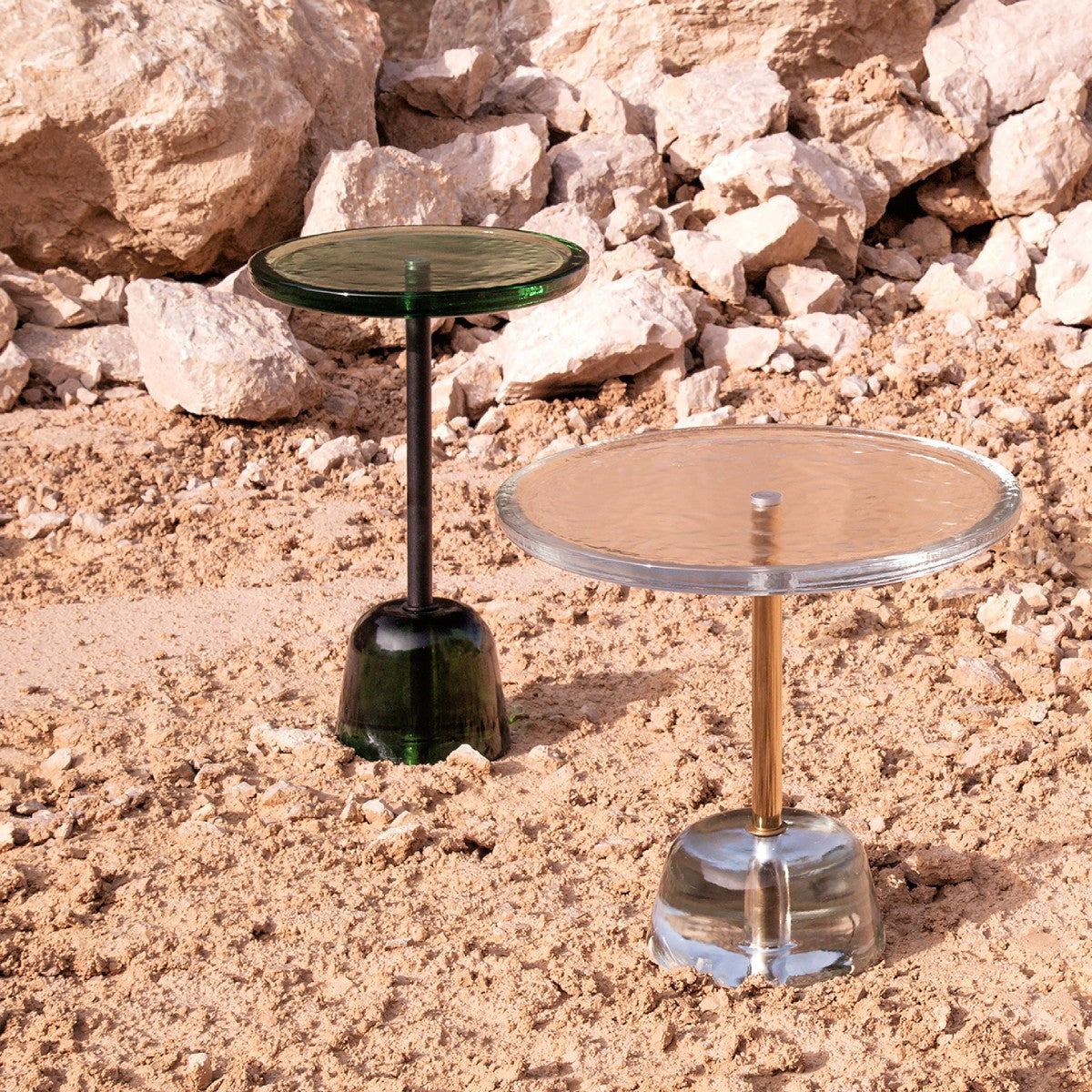
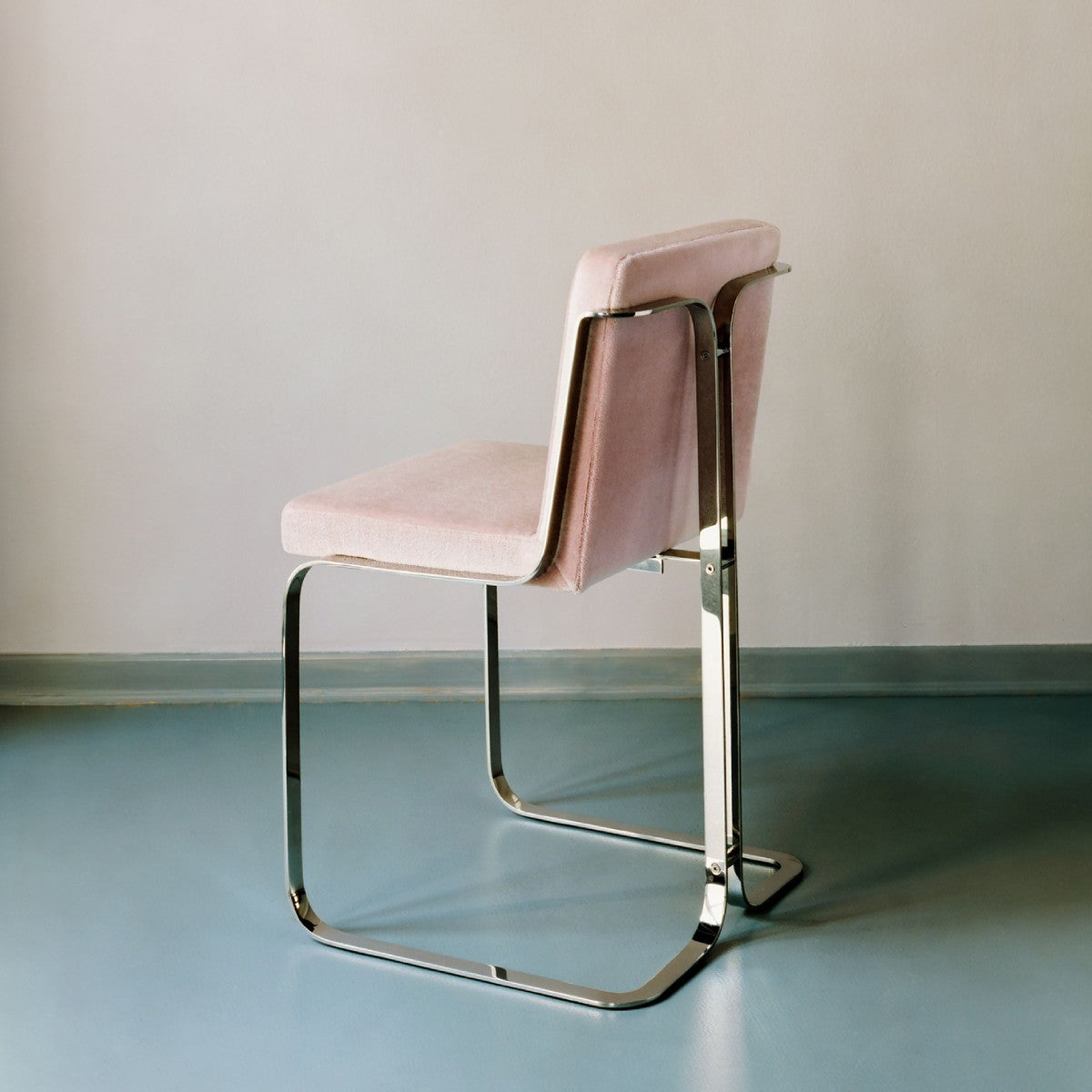

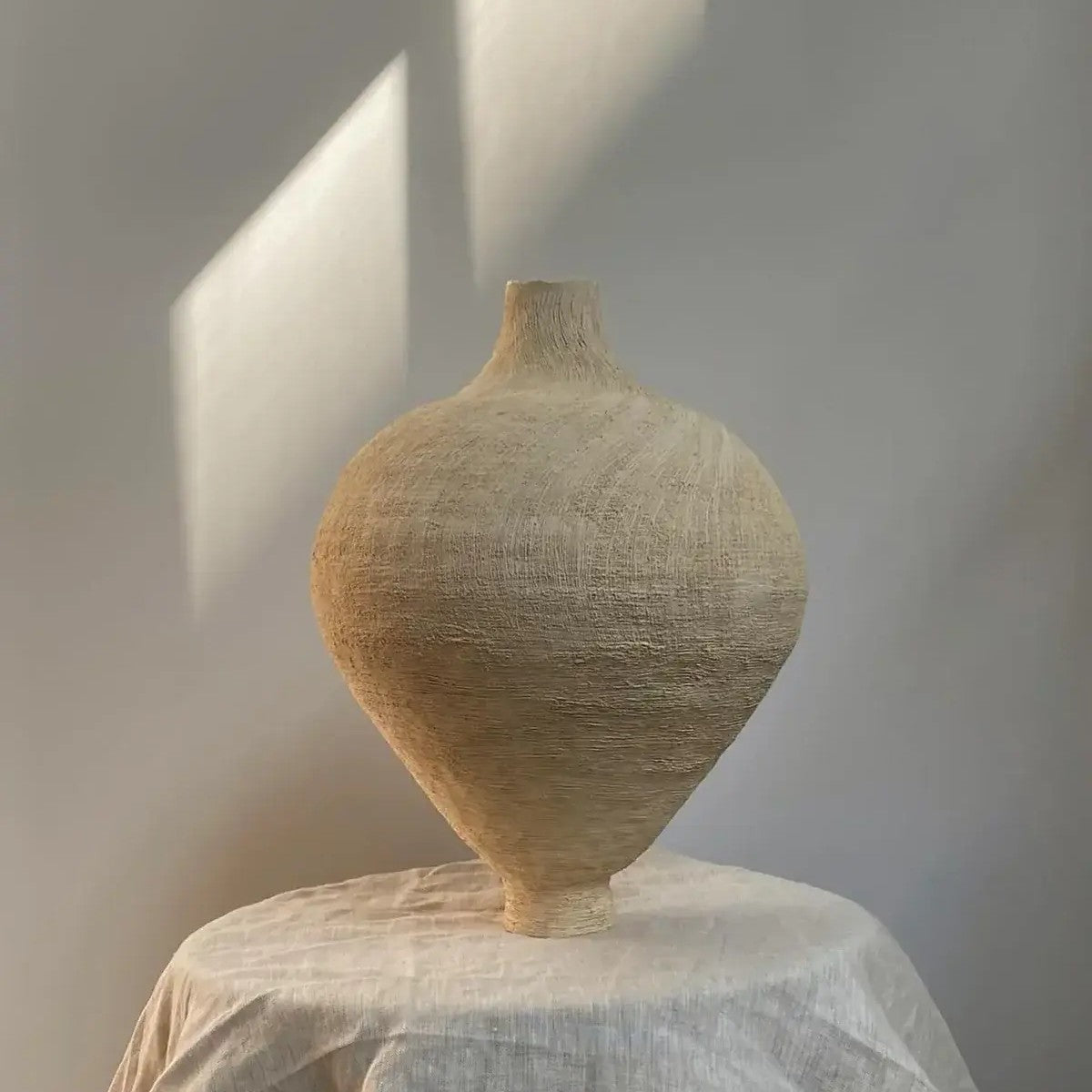
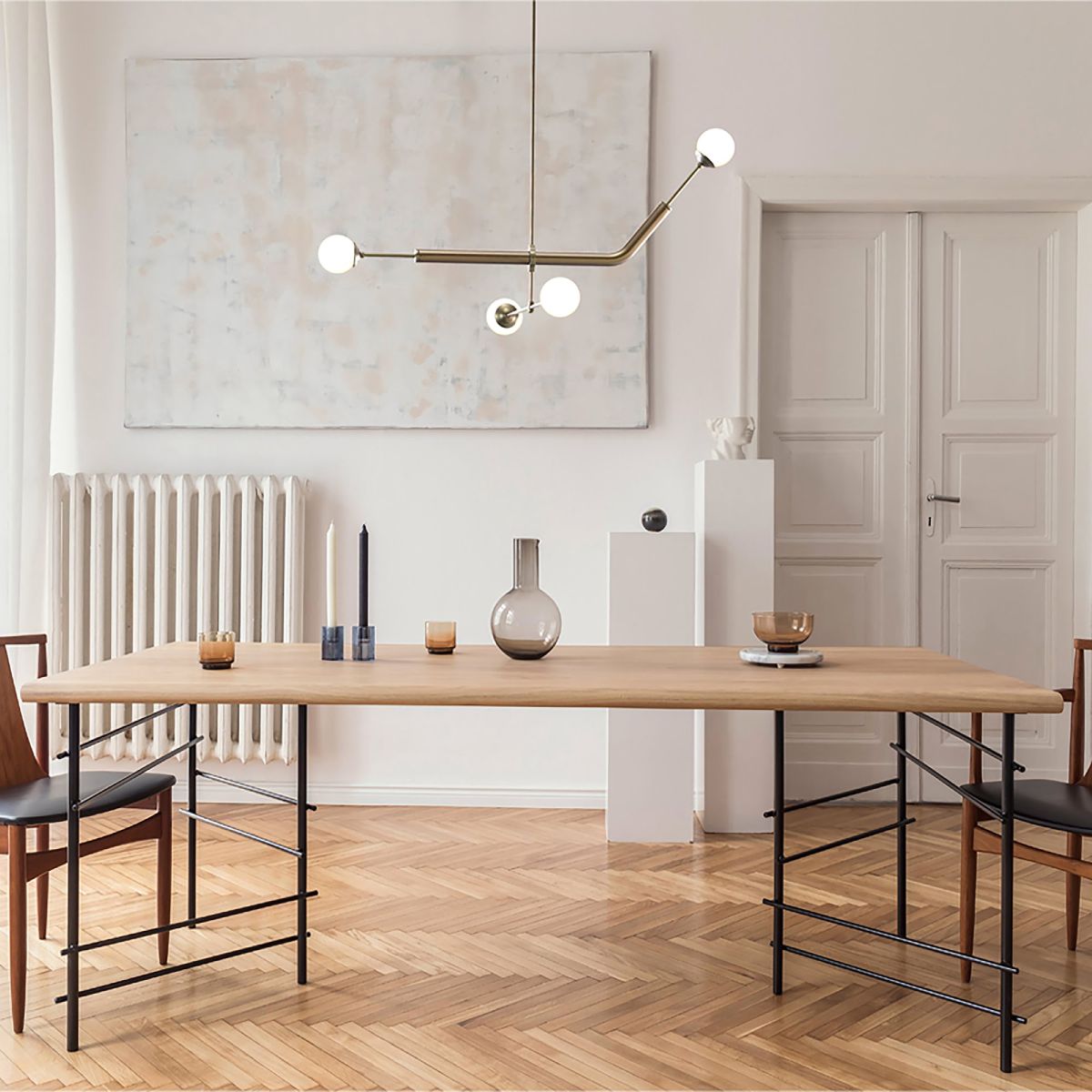



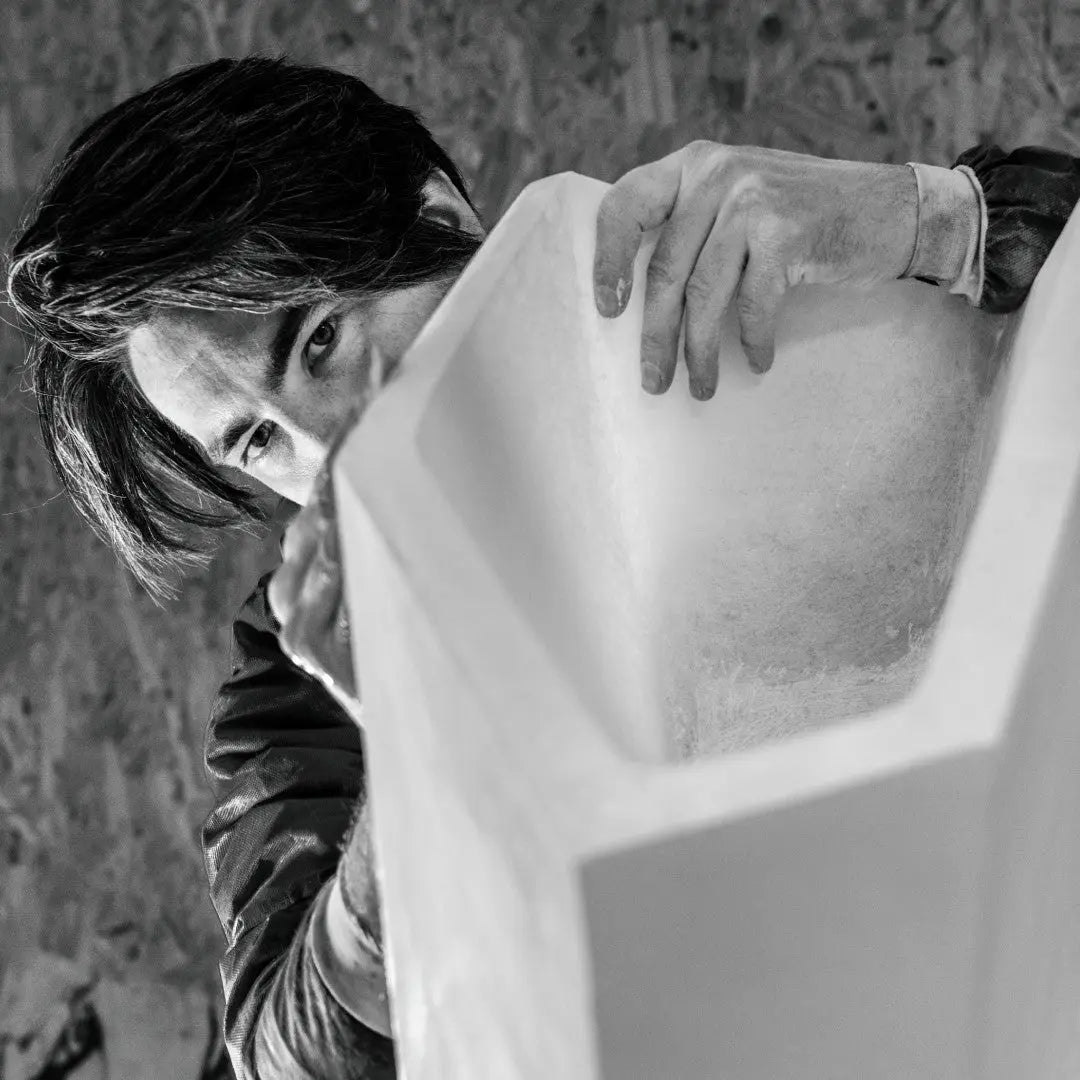

Leave a comment
This site is protected by hCaptcha and the hCaptcha Privacy Policy and Terms of Service apply.